Do Heat Pump Dryers Cause Condensation? Understanding the Causes and Solutions

If you’ve ever noticed your laundry room feels a bit damp after a load of drying, you're not alone. Many UK homeowners wonder whether their tumble dryer is contributing to excess moisture in their home. With various types of dryers on the market - heat pump, condenser, and vented - each offers a different approach to handling moisture. Do these machines really cause condensation, and if so, how can it be managed?
In this article, we’ll explore how each tumble dryer might contribute to condensation during drying, and how you can tackle any moisture build-up in your home effectively.
How do different tumble dryers work?
Understanding how different tumble dryers work is key to managing moisture in your home. The three main types of dryers - heat pump, condenser, and vented—each handle moisture differently. Knowing their strengths and differences will help you choose the right one for your home.
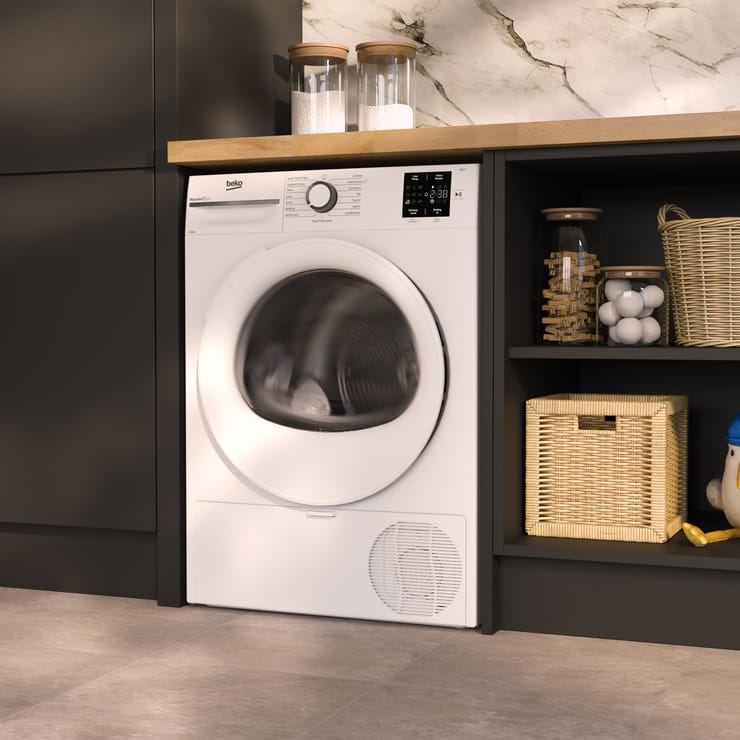
Heat pump dryers use a closed-loop system that recycles warm air to dry clothes, making them incredibly energy-efficient. However, this system also means that the air stays inside the machine, which can sometimes lead to moisture being released back into the room.
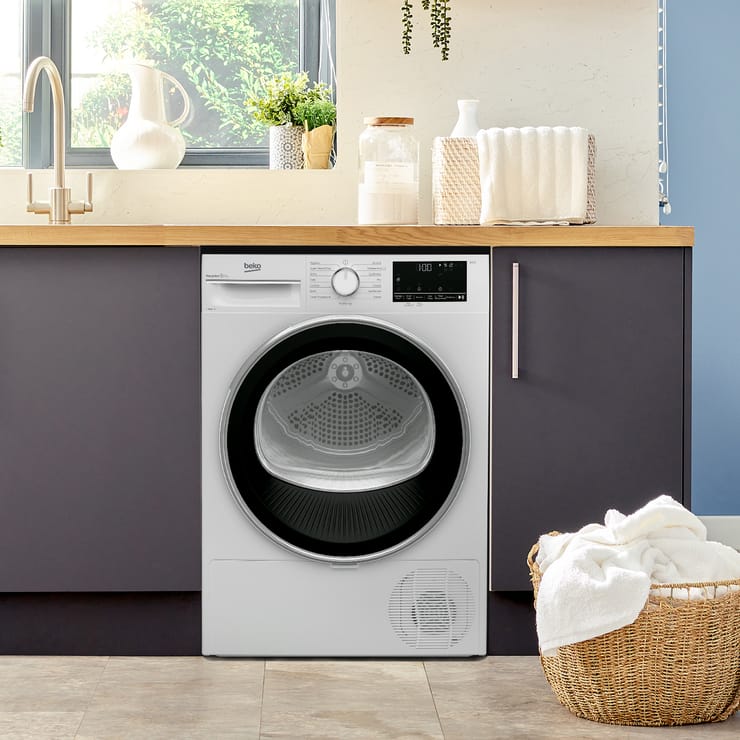
Condenser dryers collect moisture from clothes and store it in a water tank that needs to be emptied. While they’re also relatively efficient, they can still increase humidity if the tank overfills or isn’t emptied regularly.
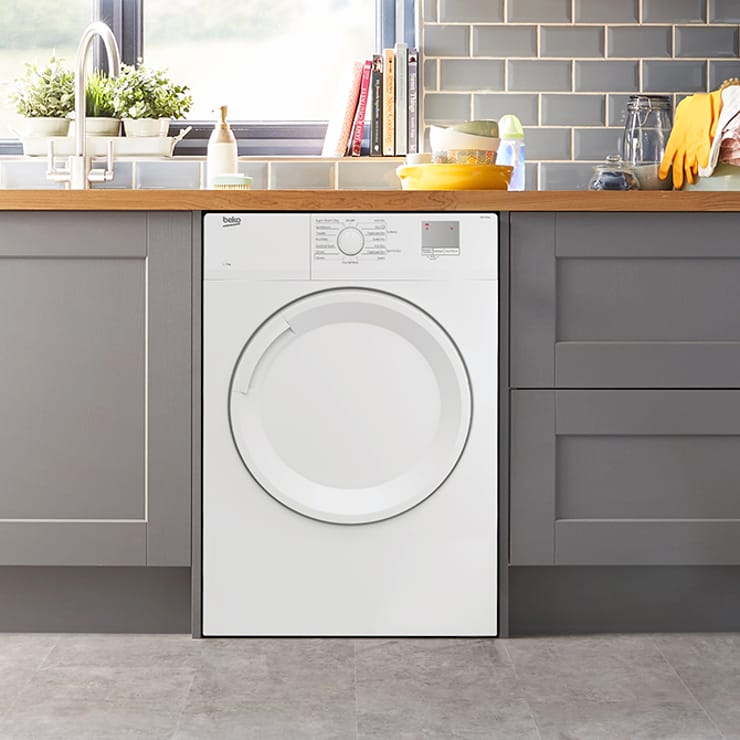
Vented dryers remove moisture by expelling warm, humid air directly outside through a vent. While this method avoids condensation indoors, it does require access to an external wall or window and is not particularly energy-efficient.
Do heat pump tumble dryers cause condensation?
Heat pump tumble dryers are often praised for their energy efficiency, but can they be culprits of condensation? These dryers use a heat exchanger to recycle warm air, which makes them much more energy-efficient than their counterparts. However, the trade-off can be the potential for condensation, especially in poorly ventilated spaces.
Since heat pump dryers work by recycling air within a closed loop, the system may release warm, moist air back into the room. This isn't an issue for all homes, but in smaller, unventilated spaces, moisture can start to accumulate, potentially leading to condensation on walls, windows, and surfaces. Compared to vented dryers, heat pumps are more prone to releasing some moisture into the air, though the risk is usually minimal if used correctly and in a well-ventilated area.
Common Causes of Condensation from Tumble Dryers
Condensation can happen for several reasons, whether you have a heat pump, condenser, or vented dryer. Here are the common factors:
- Ambient humidity: If your home or laundry room is already humid, the additional moisture from drying clothes can lead to condensation.
- Poor ventilation: Without proper airflow, any dryer can cause a build-up of moisture in the room.
- Load size: Overloading the dryer means it will take longer to dry your clothes, and the machine may release more moisture into the air.
- Dryer settings: Incorrect or inefficient drying settings may lead to longer drying times and more moisture build-up.
Identifying and addressing these factors is the first step to minimising condensation in your home.
How to stop condensation from tumble dryers
Preventing condensation doesn’t have to be complicated. Here are some practical tips to keep your laundry room dry and moisture-free:
- Ensure proper ventilation: This is the number one way to reduce moisture build-up. If possible, position your dryer in a room with windows or install an extractor fan to help move humid air outside. Even in a well-ventilated room, consider keeping the door open while drying clothes.
- Invest in a dehumidifier: If your laundry space is prone to humidity, using a dehumidifier can help keep moisture levels in check. A compact, portable dehumidifier can be a simple solution for rooms with poor airflow.
- Use appropriate dryer settings: Modern dryers often come with settings tailored for specific fabric types and load sizes. By selecting the correct program, you can reduce drying times and moisture released.
- Maintain your dryer: Regularly clean the lint filter, check for blockages, and make sure any water tanks are emptied promptly. A well-maintained dryer is more efficient and less likely to cause condensation issues.
- Don’t overload: Overloading the dryer not only extends drying times but also increases the amount of moisture that the machine releases into the room.
By following these tips, you can keep condensation at bay and make your laundry routine more efficient.
Ventilation solutions for tumble dryers
Ventilation plays a key role in managing condensation. If your laundry area is enclosed or lacks windows, you might want to consider installing a vent kit for vented dryers. These kits are designed to expel moist air directly outside, reducing the risk of condensation.
For heat pump and condenser dryers, dehumidifiers can help control moisture levels in the room. It’s also important to position the dryer in a space where airflow isn’t obstructed by furniture or other household items.
Comparing condensation risks: heat pump vs. condenser vs. vented dryers
When it comes to condensation, how do the different types of dryers stack up?
- Heat pump dryers: While energy efficient, they can release some moisture into the room, especially in spaces with poor ventilation. The risk of condensation is generally moderate.
- Condenser dryers: These dryers collect moisture in a tank, so there's less chance of it being released into the air. However, if the tank overfills, you may notice increased humidity.
- Vented dryers: These have the lowest risk of condensation as they expel moisture outside. However, they require a dedicated vent or window, which may not be practical for all homes.
Addressing specific condensation problems
If your tumble dryer is causing noticeable condensation, it’s important to identify the root cause. Here are some troubleshooting tips:
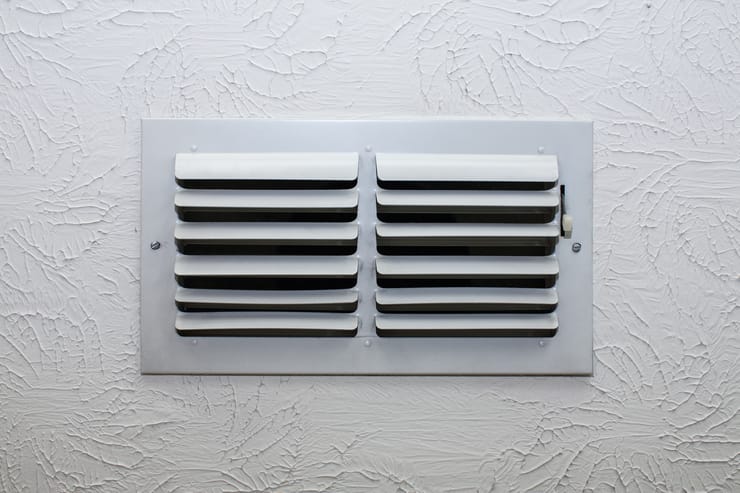
Check the ventilation: Make sure your dryer is placed in a well-ventilated area and that any venting systems are working properly.
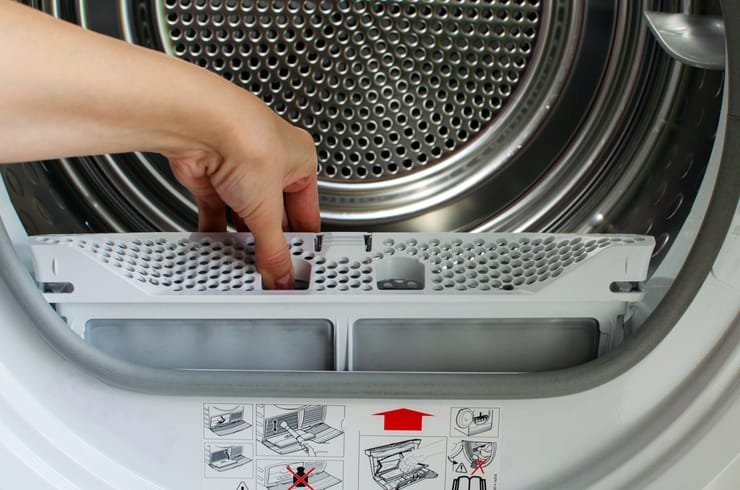
Inspect for blockages: A blocked lint filter or vent pipe can reduce your dryer’s efficiency and increase moisture build-up.
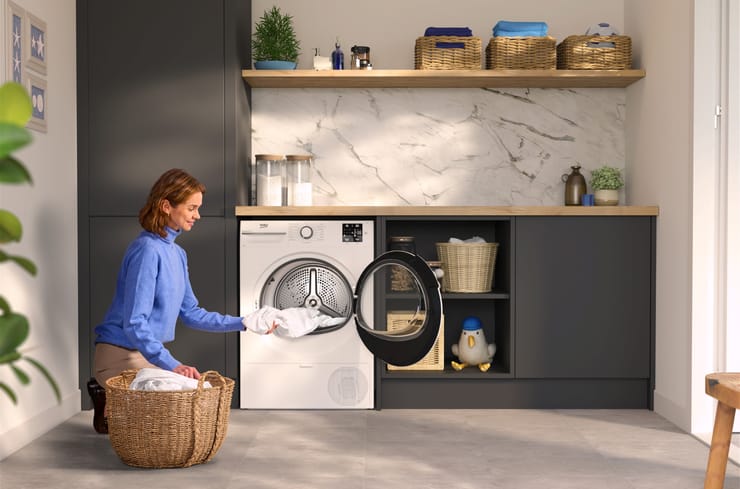
Consider upgrading: If your dryer is old and prone to causing condensation, it may be time to invest in a newer, more efficient model.
In cases where condensation is a persistent problem, it’s worth consulting a professional to assess the situation and suggest tailored solutions.
FAQs
Do vented tumble dryers cause condensation?
No, vented dryers are designed to expel moisture outside, which significantly reduces the risk of indoor condensation.
How can I reduce condensation from my condenser dryer?
Make sure to empty the water tank regularly, ensure proper ventilation in your laundry space, and use a dehumidifier if needed.
Is a heat pump dryer better for preventing condensation?
Heat pump dryers can cause some condensation, but with proper ventilation and maintenance, the risk is minimal.
What should I do if my laundry room feels humid after drying clothes?
Improve the ventilation, use a dehumidifier, and check your dryer’s filters and settings to ensure it’s running efficiently.
Is a heat pump dryer better for preventing condensation?
Heat pump dryers can cause some condensation, but with proper ventilation and maintenance, the risk is minimal.
What should I do if my laundry room feels humid after drying clothes?
Improve the ventilation, use a dehumidifier, and check your dryer’s filters and settings to ensure it’s running efficiently.
Did we answer your question?
We are so sorry we were unable to answer your question. You might be able to find the answer you are looking for in the ‘Related Questions’ below. If your query is still unanswered, please head over to our Contact Us page for further assistance.
Search FAQ’s
Search or browse our frequently asked questions to find the answer to your query.




